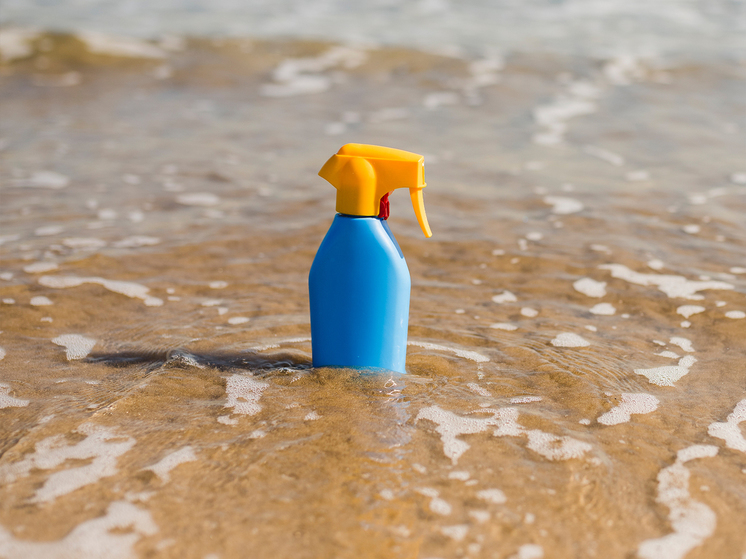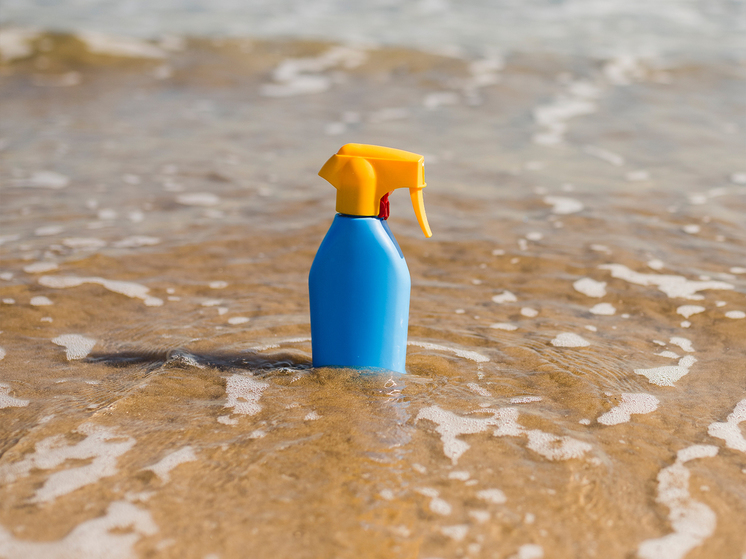Scientists from St. Petersburg report this with alarm
The concentration of detergents in the Black Sea has been exceeded by 13-15 times — this is the frightening conclusion reached by specialists from the Laboratory of Bioelectronic Methods of Geoecological Monitoring of the St. Petersburg Federal Research Center of the Russian Academy of Sciences. Chemicals can disrupt the vital functions of marine organisms and have a negative impact on human health.
 Photo: ru.freepik.com
Photo: ru.freepik.com
One of the most likely reasons for the excess concentration was… COVID. According to laboratory specialists, the coronavirus pandemic has forced us to be more careful about hygiene, but has led to a new threat — environmental pollution with detergents and disinfectants. This could have led to an increase in chemicals in some resort areas of the Black Sea by 13-15 times.
The danger is that detergents have the ability to penetrate the cells of living organisms through membranes and disrupt their functioning. For small marine life, such an impact can be completely destructive. For example, household chemicals can lead to the death of mussels, which literally saponify underwater stones, making it difficult for them to attach to the rocks.
Together with colleagues from the A.O. Kovalevsky Institute of Biology of the Southern Seas of the Russian Academy of Sciences, scientists from the St. Petersburg Federal Research Center of the Russian Academy of Sciences are also studying the cardiac system of Black Sea mussels. For this, they use a unique bioindication technology that allows them to assess the health of animals without harming them. It is based on the use of special miniature probes to measure the physiological parameters of organisms. Based on the time it takes for the mollusks' heart rate to recover to background levels after stress, scientists diagnose their health.
Scientists are just beginning to study the long-term impact of detergents on various types of marine fauna, but they are already sounding the alarm and calling for a more balanced use of detergents and disinfectants.


